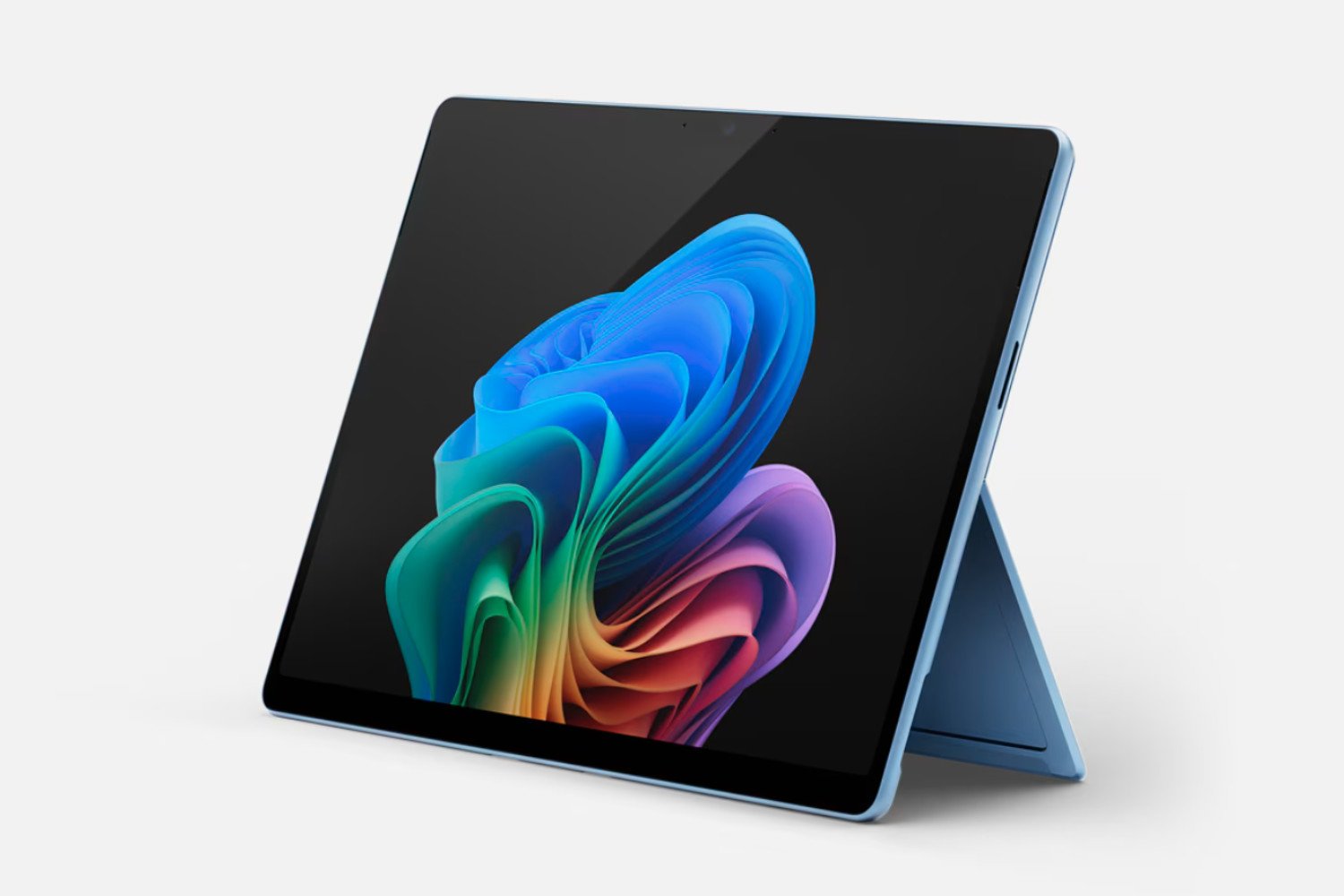December is usually a month in which large technology companies look at the window “of what is to come” during the coming months, venturing to anticipate some ICT trends that may (or may not) crystallize. One of the “early birds” has been DE-CIX, which identifies four key technological scenarios for 2025.
AI drives a new era of connectivity and digitalization
According to IDC, 80% of CIOs worldwide plan to adopt artificial intelligence (AI) and automation to achieve agility and insight-driven business in the coming years.
As Artificial Intelligence (AI) becomes integrated into every aspect of our lives, the demand for smarter and more scalable network infrastructures becomes increasingly pressing. And, “AI not only offers support for smarter network management, but also enables process optimization across all industries, from network optimization to fraud detection. “Smart value creation requires equally smart technologies.” says Ivo Ivanov, CEO of DE-CIX.
The Internet Space Race Is Intensifying
Satellites in low Earth orbit (LEO) will soon provide humanity with connectivity everywhere by ensuring high-speed, low-latency connections over the ocean or, for the first time, in each and every seat of an airplane, as well as enabling connections where it was not possible before. “Satellite transmission technology offers new hope from space for the billions of people who are today disadvantaged by limited or non-existent Internet access,” says Ivo Ivanov. “For this reason, in 2025 the Internet space race will intensify.”
On the other hand, space exploration companies are also now looking at the multibillion-dollar potential of asteroid and Moon mining to access, for example, Helium-3 for quantum computing applications. “Without computing power and connectivity in space and on the lunar surface, none of this will be possible,” adds Ivanov. An opinion that is supported by figures from the World Economic Forum and McKinsey: both estimate that the global space economy will reach a value of 1.3 trillion dollars in 2035, compared to 630 billion dollars in 2023.
Autonomous vehicles and humanoid robots: the next frontier
The arrival of autonomous vehicles and humanoid robots is revolutionizing mobility and industry. The size of the global market for humanoid robots is expected to approach $10 billion by 2030, with their entry into homes and workspaces in 2025. Mass availability is expected from 2026 in the United States and Europe, while China is planning a mass deployment of humanoid robots as early as 2025.
In this sense, Ivo Ivanov points out that “these vehicles depend on excellent wireless connectivity to keep the cars and their passengers safe. To facilitate the use of AI in various industries, DE-CIX introduced the concept of AI Exchange. “It’s about performance, security, compliance and simplicity, and allowing AI to work its magic.”
Disaggregated computing, key to future AI training
The method of training large language models by companies will soon change. “In the past, huge centralized data centers were needed to quickly process computing loads, but in the future AI models will need to be trained in a more decentralized way,” says Thomas King, CTO of DE-CIX – “although only “either because data center space is limited everywhere.”
For his part, Ivo Ivanov states that “the solution is offered by AI Exchanges, which can interconnect disaggregated computing workloads and AI services using high-speed connections. Furthermore, they are already prepared for the next technological leaps in the AI market.”











